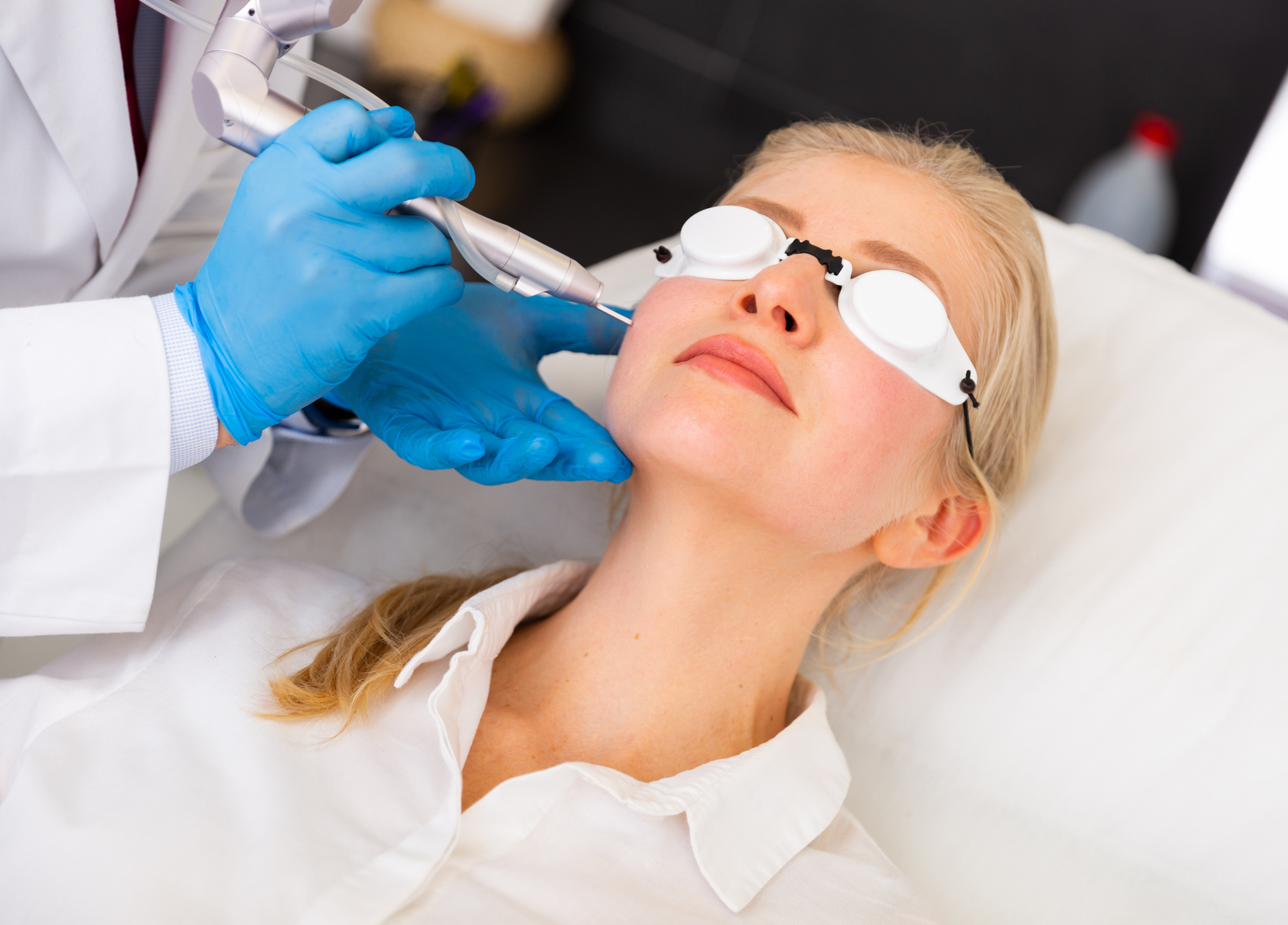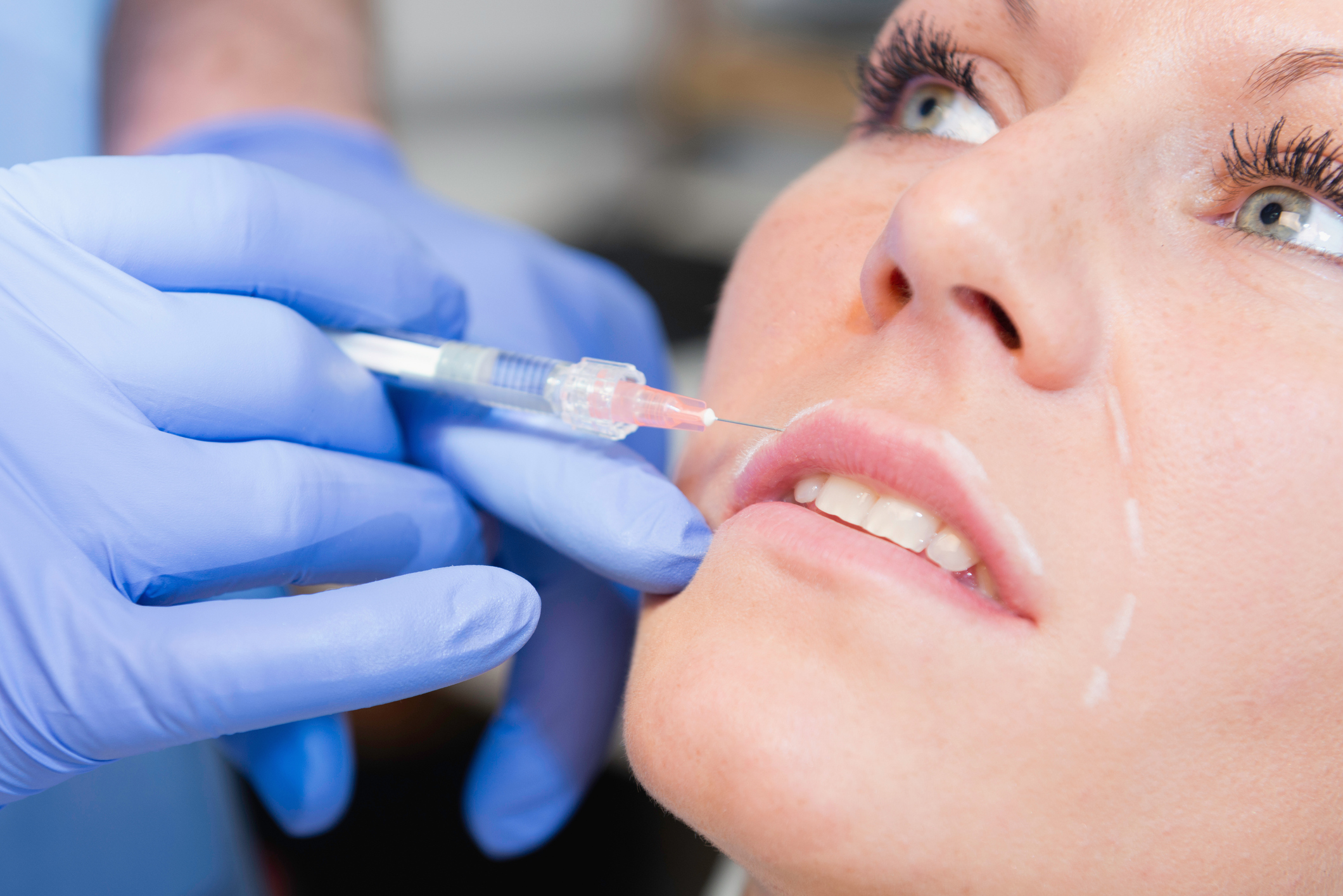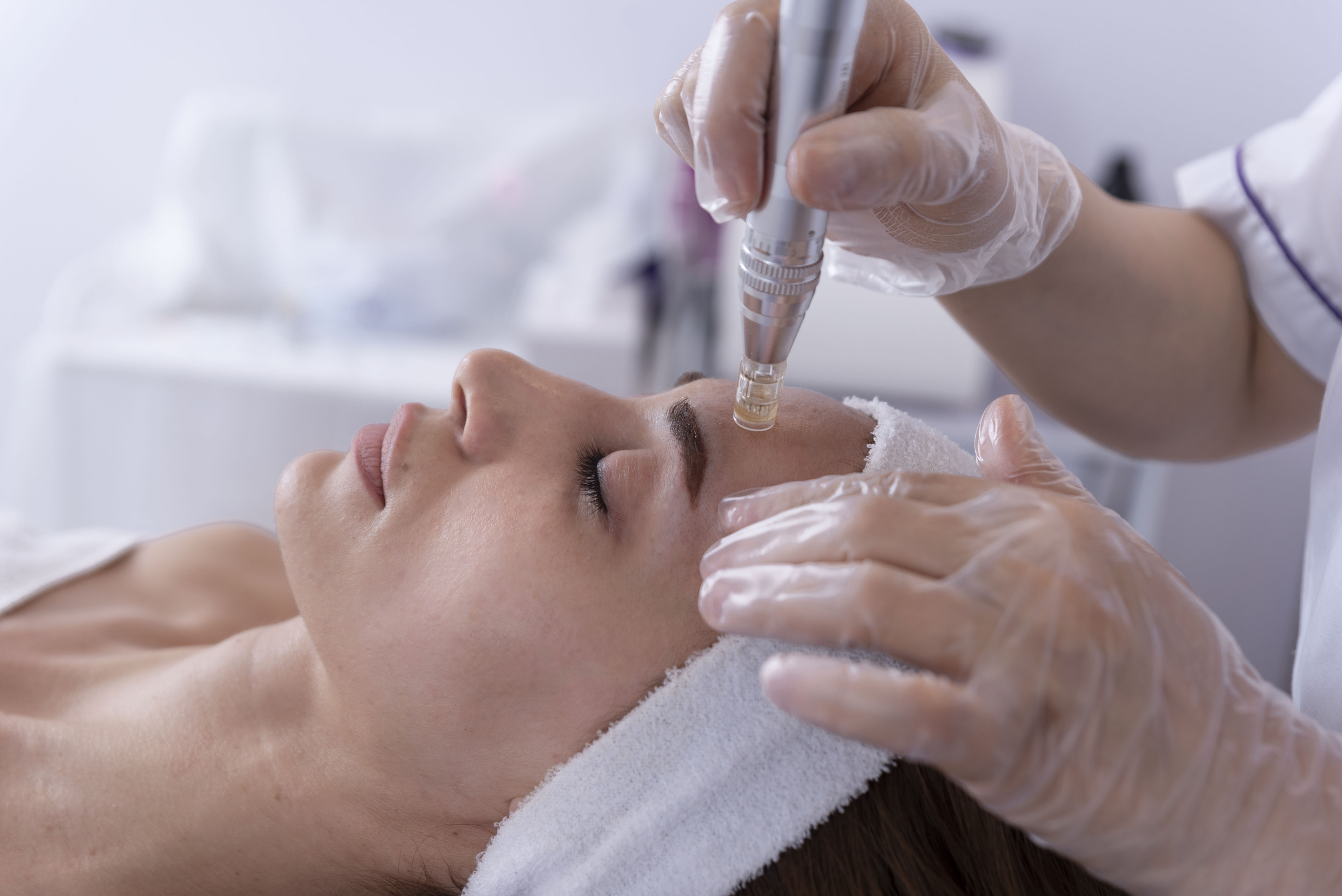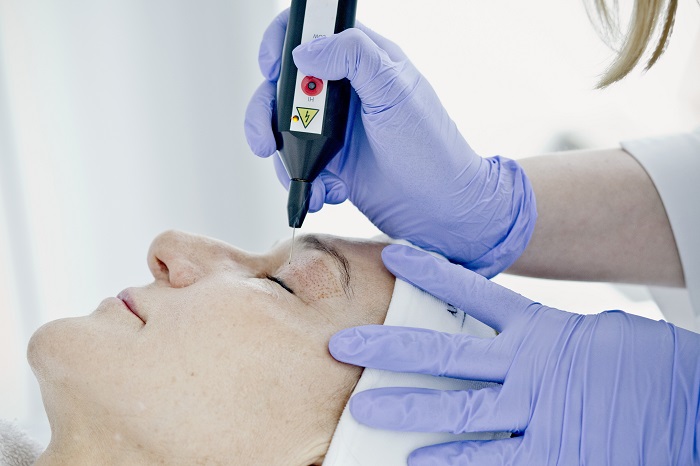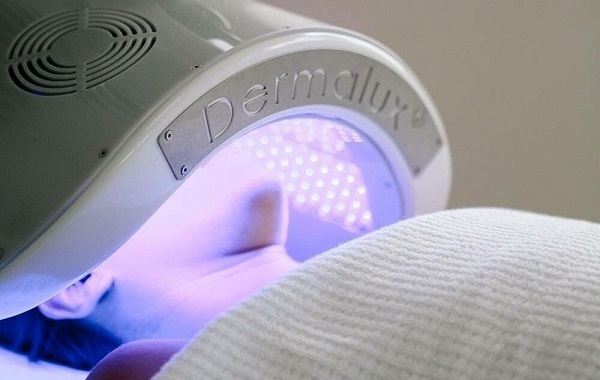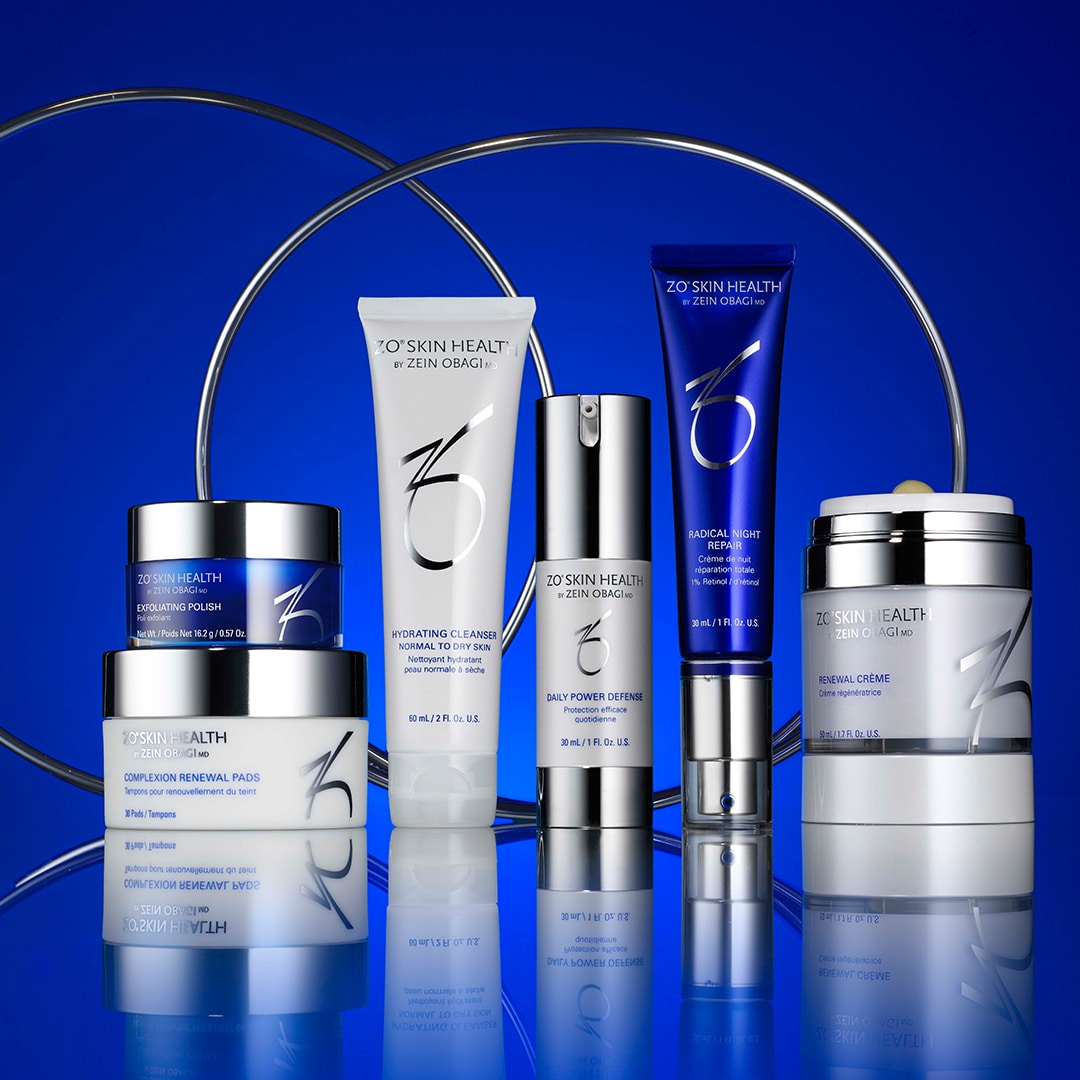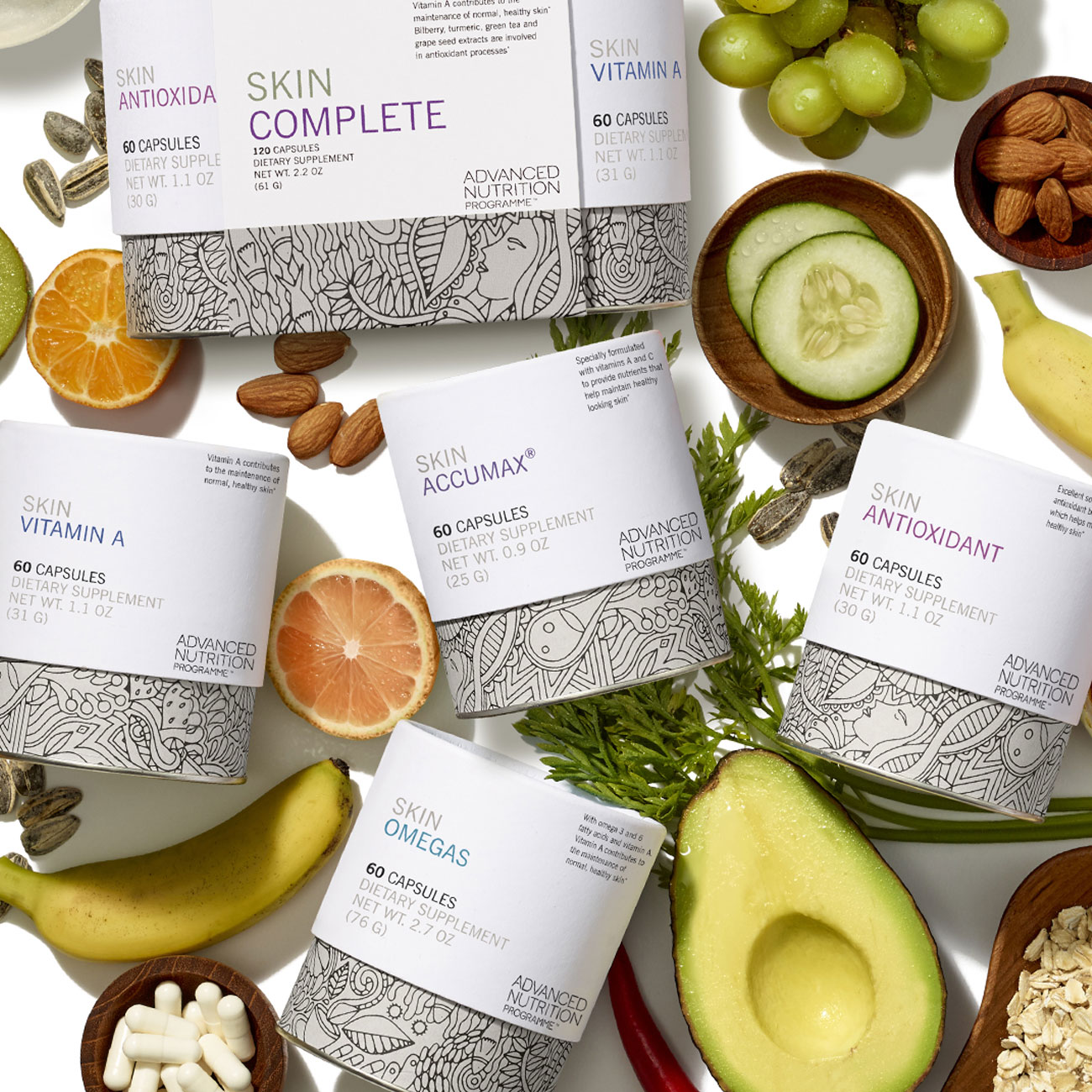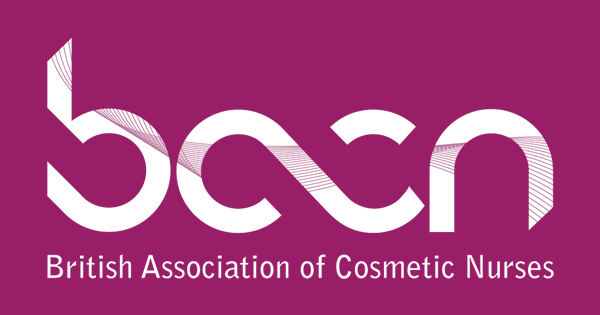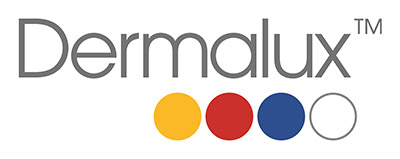Scarring
Minimise scars for increased body confidence.
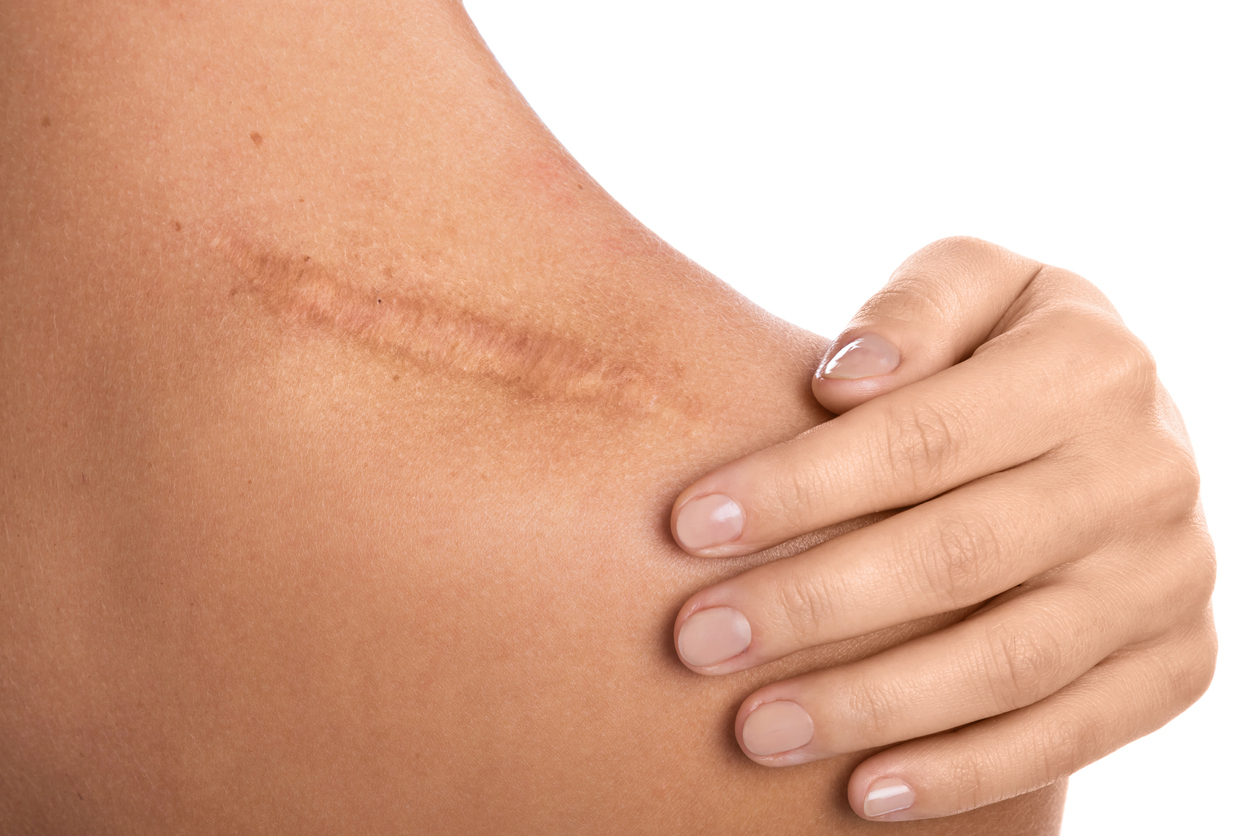
What is Scarring?
A scar is a mark left on the skin after an injury has healed, resulting from fibrous tissue that has replaced the damaged skin. Scars can arise from a number of factors including injury, trauma, surgical procedures, burns and acne. With advanced technologies and prescription skin care scars can be effectively rejuvenated, although the skin will not return to its pre scar state, rejuvenation treatments will not only giving you scar an improved appearance, but an added boost to your confidence.
HOW WE CAN HELP
TREATMENTS THAT CAN HELP
FAQs
You’ve probably got some questions, but before you get in touch, we’ve answered the most common ones here.
-
What causes scarring?
A scar is a mark left on the skin after an injury has healed, resulting from fibrous tissue that has replaced the damaged skin. After a trauma to the skin, a biological process is triggered to repair the wound, this is part of the natural healing process. When the skin receives a trauma it rapidly produces excessive amounts of Collagen. As the body’s priority is to close the wound quickly it does not allow for the skin to regenerate naturally back to its previous condition – and this therefore leads to the development of a scar. The collagen that is produced during scar formation is composed differently to that of normal skin and also lacks elasticity. These Collagen fibres can overextend the skin surface resulting in a raised hypertrophic or keloid scar, or fail to extend resulting in a flat or sunken atrophic scar. Another type of scarring that can occur is a contracture scar, this usually is the result from a burn and reduces the skin’s ability to move. Stretch marks can also be viewed as a type of scarring. Due to the nature of different scar types they will require different treatments.
-
How can I promote better healing of a new scar?
Scars are a natural part of the healing process, although they will fade over time, they will never completely disappear but they will become less noticeable. The way in which the scar heals will also be dependent on the type, depth, size and location of the scar. If you have had a recent injury or trauma, there are steps you can take to promote wound healing helping to minimize the appearance of the scar. This will all begin with good wound care at the initial phase, steps to keep the wound clean, free from infection and sun exposure, alongside following guidance from your health care professional will all help the healing process and give a better scar formation. If a scar is new, the application of silicone sheets or gels will help to keep the skin hydrated, while providing a protective barrier and will allow the skin to heal optimally. Gentle massage in a circular motion can also be applied to new scars, this will help to stimulate blood supply, break down scar tissue and keep the skin supple, this can be done with a silicone based gel. Once the scar is exposed to daylight, be sure to wear an SPF 30 as a minimum as this will protect it against harmful VU rays that will further breakdown the underlying collagen needed for the scar recovery. There are a number of treatments can be taken if a scar is new and you are looking to promote a much quicker skin recovery. Treatment such as Regenlite or Dermalux medical phototherapy will deliver specific wave lengths deep within the skin layers, this will help to reduce inflammation, increase blood flow, stimulate cellular repair and promote the production of collagen and elastin. This will all help the scar or damaged tissue to heal optimally and reduce and improve the appearance of the scar.
Save Face Centre of Excellence
Contact us to book a consultation
Call 01782 922300
Email myskin@ssal.uk
Visit 513 Etruria Road, Basford, Stoke-on-Trent, ST4 6HT
Request a callback
"*" indicates required fields
Follow Along
Get offers, updates and skin advice delivered straight to your inbox

